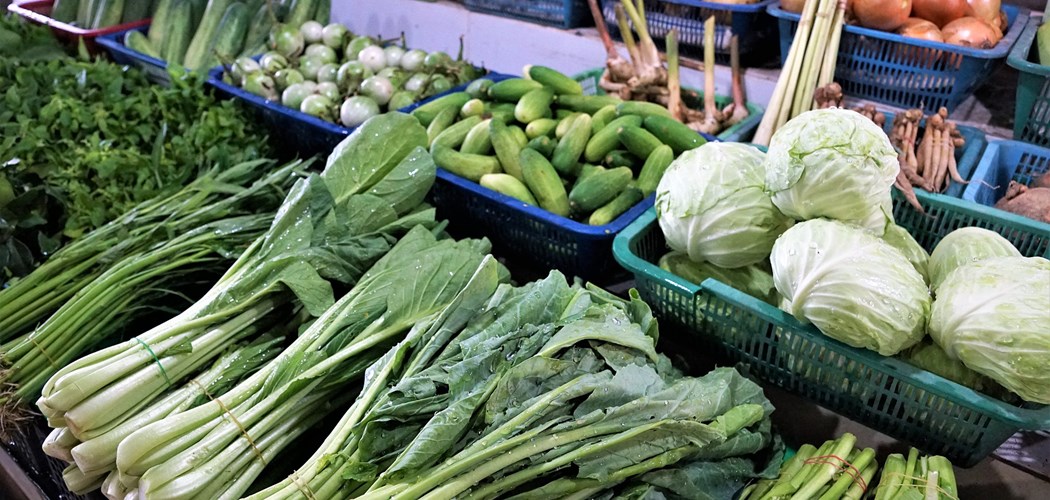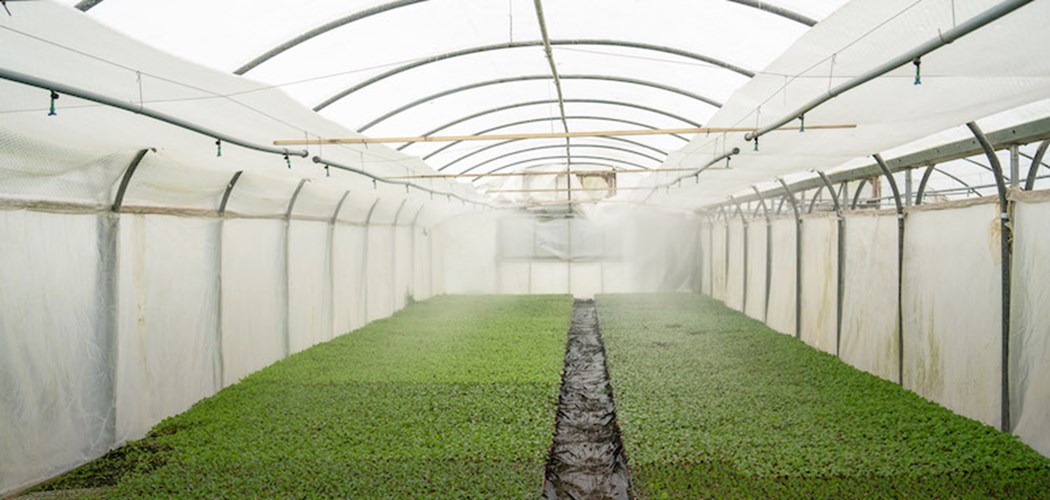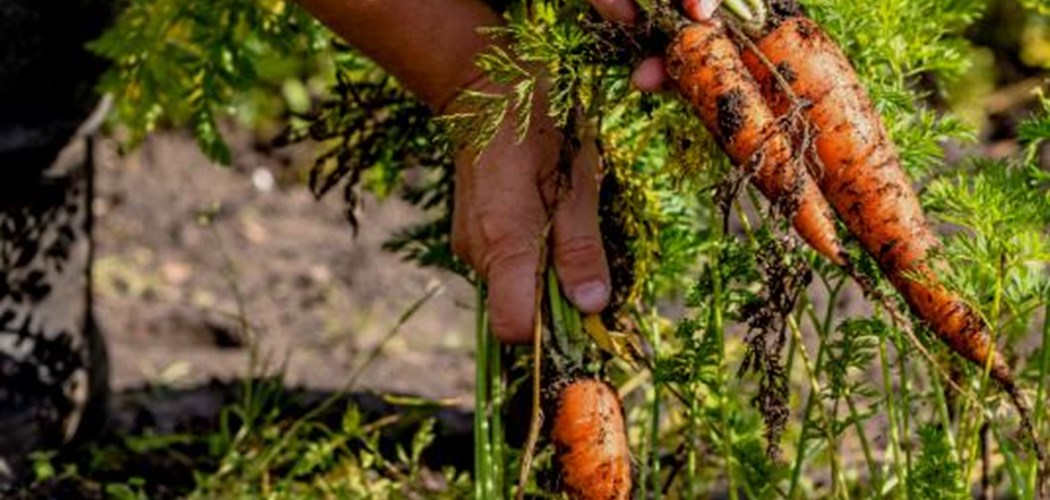
Introduction; Helios orchard is an experimental site where a large number of tree types and systems are being trialled to maximise fruit quality and yields on mainly dessert apples. These orchards include very intensive trees plus a number of experimental tree training styles. There were also some larger centre leader cider trees.
The choices of pruning kit were demonstrated, from folding pocket saws with very sharp disposable blades, to larger also folding saws and pole saws, mainly with Japanese blades, hand secateurs best housed in a leather holster and electric pruners with a knapsack battery pack, lightweight with a 8 to 10 hour life which reduced fatigue if used all day and enabled much more rapid pruning on quite thick branches with little effort. Although priced at £1000 plus, there would be a quick return on outlay in larger orchards and the faster speed meant more detailed pruning was possible.
As with many tasks, good tools are key to doing a good job and getting through the trees quickly. Not an area for savings.
As to timing of pruning the winter is often not the best time as it is hard to judge the fruit bud levels and the crop volume at that time of year. Often it is only convenience and use of labour that dictates pruning in winter.
- As for disease control, fungal canker is a major problem in orchards in the west, especially Wales where rainfall is high. Forecasts are checked as a minimum of 24 hours dry after pruning will greatly reduce the likelihood of canker spores alighting and germinating on the new cuts. There are now no approved pruning paints so dry weather is a key factor.
In another high rainfall area New Zealand, 4 years of trials with fungicides, feeding and tonics resulted in very limited control. Orchard hygiene is important and cankers when pruned out are still infective so are worth taking away from the orchard. These cankers if left on the orchard floor will sporulate for over 40 hours after rain.
In organic systems the audit may stipulate prunings are left in the orchard but ideally a derogation is obtained to remove prunings due to the risk. Organic orchards are best pruned in dry weeks in summer. It has been noted that canker moves from west to east in the orchards with the prevailing westerly winds that bring in rain.
Mechanical pruning with hedge cutter type machines is a quick fix but very limiting on future development of the trees after the first year as a hedge is created with very limited light getting into the trees. Reduced light results in reduced sugars for fruit and tree development.
As to timing, stone fruit should never be pruned when not in leaf and ideally when the crop levels can be assessed and the pruning used to thin or retain crop depending on set. Stone fruit tends to suffer with bacterial canker, again driven by wet so important here to prune when dry.
In apples, spur pruning before the longest day will stimulate fruit bud and after the longest day will develop vegetative growth so by late July it is not possible to convert vegetative bud to fruit bud. All blossom apart from pollen is initiated the previous summer and later pruning will not increase the blossom number.
A number of trees especially cider are prone to biennialism in that they will produce a heavy crop one year and very few the following season. In this case hard pruning in the on or fruiting year will help to reduce crop load and initiate flower bud but must be done before the longest day.
Apples fruit best on 2-3 year old wood so a system of renewal is needed. This is best achieved on a central leader system . If a key branch is removed due to age, a short 3-4cm snag is left known as a Dutch cut or hat peg as this will stimulate a new branch to develop from underneath ensuring a wide angle branch develops. . This will not happen if the branch is cut flush to the trunk.
Some modern varieties are very precocious and will fruit on 1 year wood.
Types of tree to buy include whips and maidens, plus Knip trees. The latter are favoured on modern high intensity orchards as they come into production early so represent an early return on investment. The trees are more expensive as they spend longer at the propagators but save a year or more in the orchard productivity.
In a knip tree a rootstock is grafted on the bench and planted out a year later as a light whip, in year two the tree is cut at knee level so it will produce feathers or side branches about 1m from ground level, ideally a whorl of 4 or 5 feathers per tree with flat angles to the trunk. Branches at an upright angle will break out when heavy with crop. Other feathers are shortened to 35-45cm at planting, these used to be tied down but was a lot of work and the knip tree largely gets over this. Each tree will only have two effective whorls of branches, at knee to hip height and at chest height bud will bud all up the trunk. The volume of fruiting wood is provided by high density circa 1700 trees/ha, with an orchard life of around 12 years and break even in year 4, and very high yields of top quality fruit are produced and are cheaper to pick.
This compares to a cider orchard where the life can be 30 -40 years.
Trees in intensive orchards are tied in to a pressure creosote treated stake number 5 grade, 2.4m or 8 feet long. There is a special allowance for this in fruit trees. They are grafted often on M1X rootstock that always requires a stake, less intensive orchards often use 106 or 116, latter is better in wetter soils and these don’t normally require staking.
When looking at pruning a tree look at the possibility of making one cut, for example in a centre leader tree with a lot of top growth the whole top comes out in one cut, normally to a fairly weak shoot that will become the leader. Also take out steep angled or vertical branches, a lot of snipping with secateurs is slow expensive and unnecessary.
Cut out canker, ideally beyond any brown staining on the remaining stump. As said before take the canker out of the orchard. If a canker has dried up and is healing over it is no longer active and can be left.
Arrange the branches so all are in maximum light so the fruit will be good and so will bud formation.
Related Pages
Webinar: Introduction to Agricultural Standards for Commercial Horticulture Production
This introductory webinar will be an overview of what an agricultural standard is, the main standards in the UK (Red Tractor, M&S Select Farm, LEAF, Soil Association etc) and will cover GlobalG.A.P for those that may want to export. It will give grow…
1/25/2021 3:27:33 PMWelsh Fruit and Vegetable Production - Baseline Study
This baseline study for Tyfu Cymru was conducted by Dr. Amber Wheeler and looks at the opportunities for Welsh Fruit and Vegetable production.
6/26/2020 4:05:34 PMOrganic market insight
The Soil Association published their 2017 Organic Market report earlier this year, revealing that sales growth in the organic food and drink sector had grown for the 5th consecutive year, posting a 7.1% growth with sales reaching £2.1 billion.
12/16/2019 1:37:05 PM


